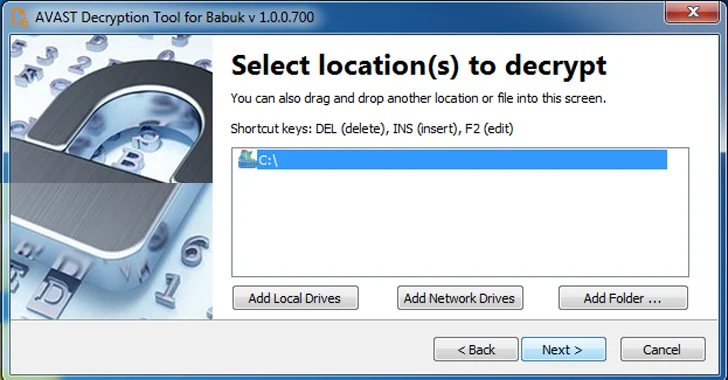[ad_1]
A decryptor for the Tortilla variant of the Babuk ransomware has been released by Cisco Talos, allowing victims targeted by the malware to regain access to their files.
The cybersecurity firm said the threat intelligence it shared with Dutch law enforcement authorities made it possible to arrest the threat actor behind the operations.
The encryption key has also been shared with Avast, which had previously released a decryptor for Babuk ransomware after its source code was leaked in September 2021. The updated decryptor can be accessed here [EXE file].
“A single private key is used for all victims of the Tortilla threat actor,” Avast noted. “This makes the update to the decryptor especially useful, as all victims of the campaign can use it to decrypt their files.”
The Tortilla campaign was first disclosed by Talos in November 2021, with the attacks leveraging ProxyShell flaws in Microsoft Exchange servers to drop the ransomware within victim environments.
Tortilla is one among the many ransomware variants that have based their file-encrypting malware on the leaked Babuk source code. This includes Rook, Night Sky, Pandora, Nokoyawa, Cheerscrypt, AstraLocker 2.0, ESXiArgs, Rorschach, RTM Locker, and RA Group.
The development comes as German cybersecurity firm Security Research Labs (SRLabs) released a decryptor for Black Basta ransomware called Black Basta Buster by taking advantage of a cryptographic weakness to recover a file either partially or fully.
“Files can be recovered if the plaintext of 64 encrypted bytes is known,” SRLabs said. “Whether a file is fully or partially recoverable depends on the size of the file.”
“Files below the size of 5000 bytes cannot be recovered. For files between 5000 bytes and 1GB in size, full recovery is possible. For files larger than 1GB, the first 5000 bytes will be lost but the remainder can be recovered.”
Bleeping Computer reported late last month that the Black Basta developers have since fixed the issue, preventing the tool from working with newer infections.
[ad_2]
Source link






